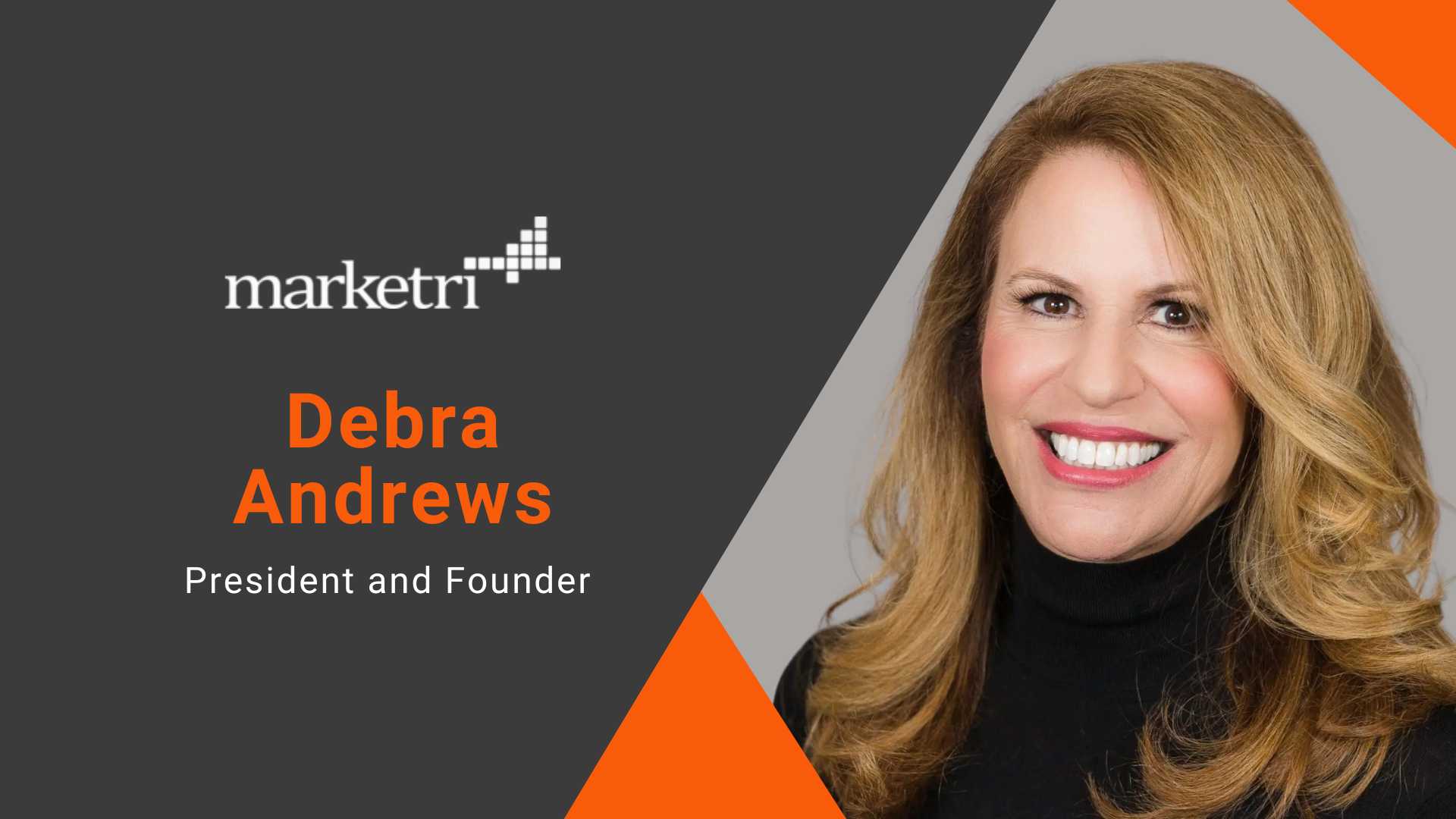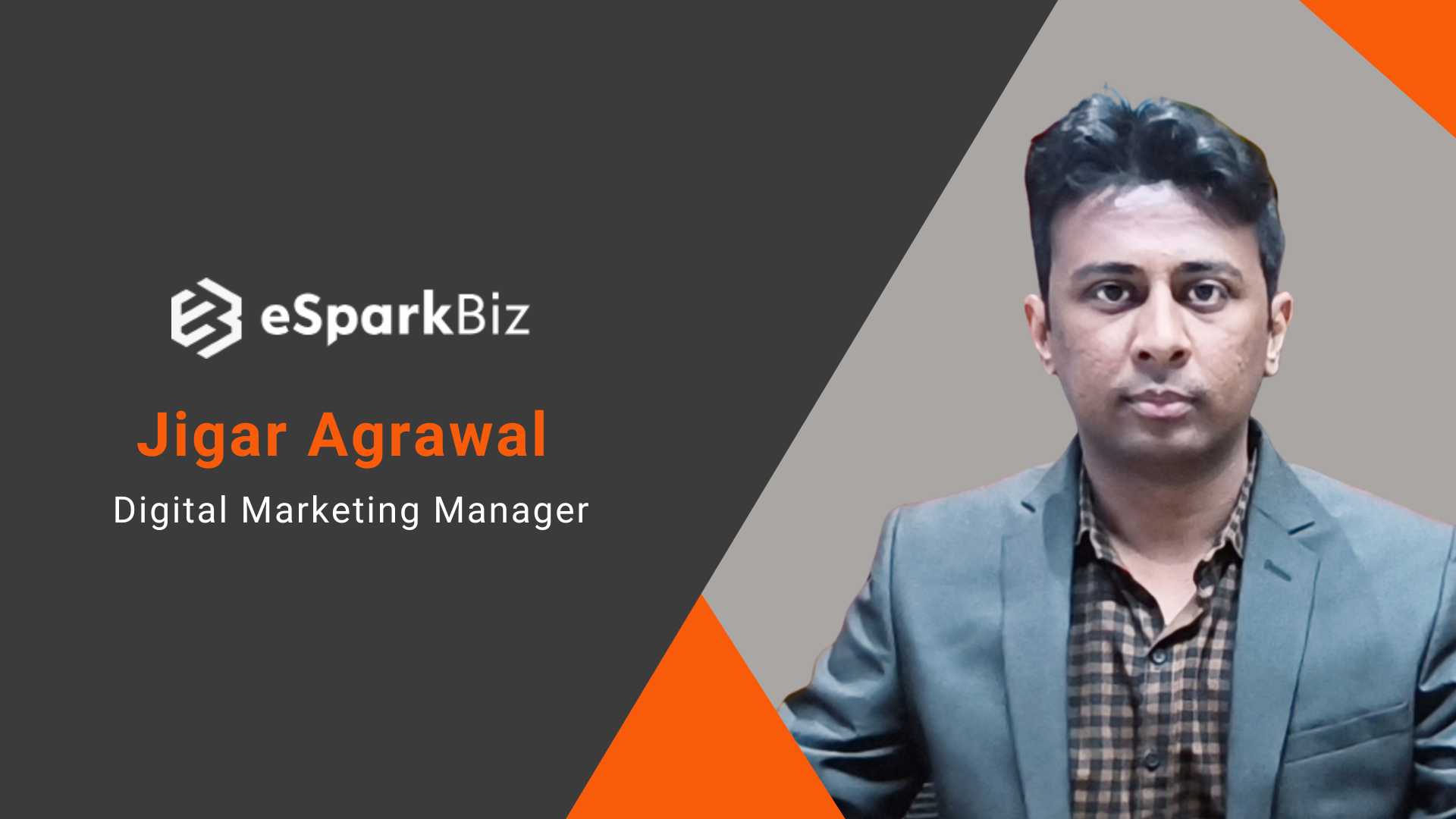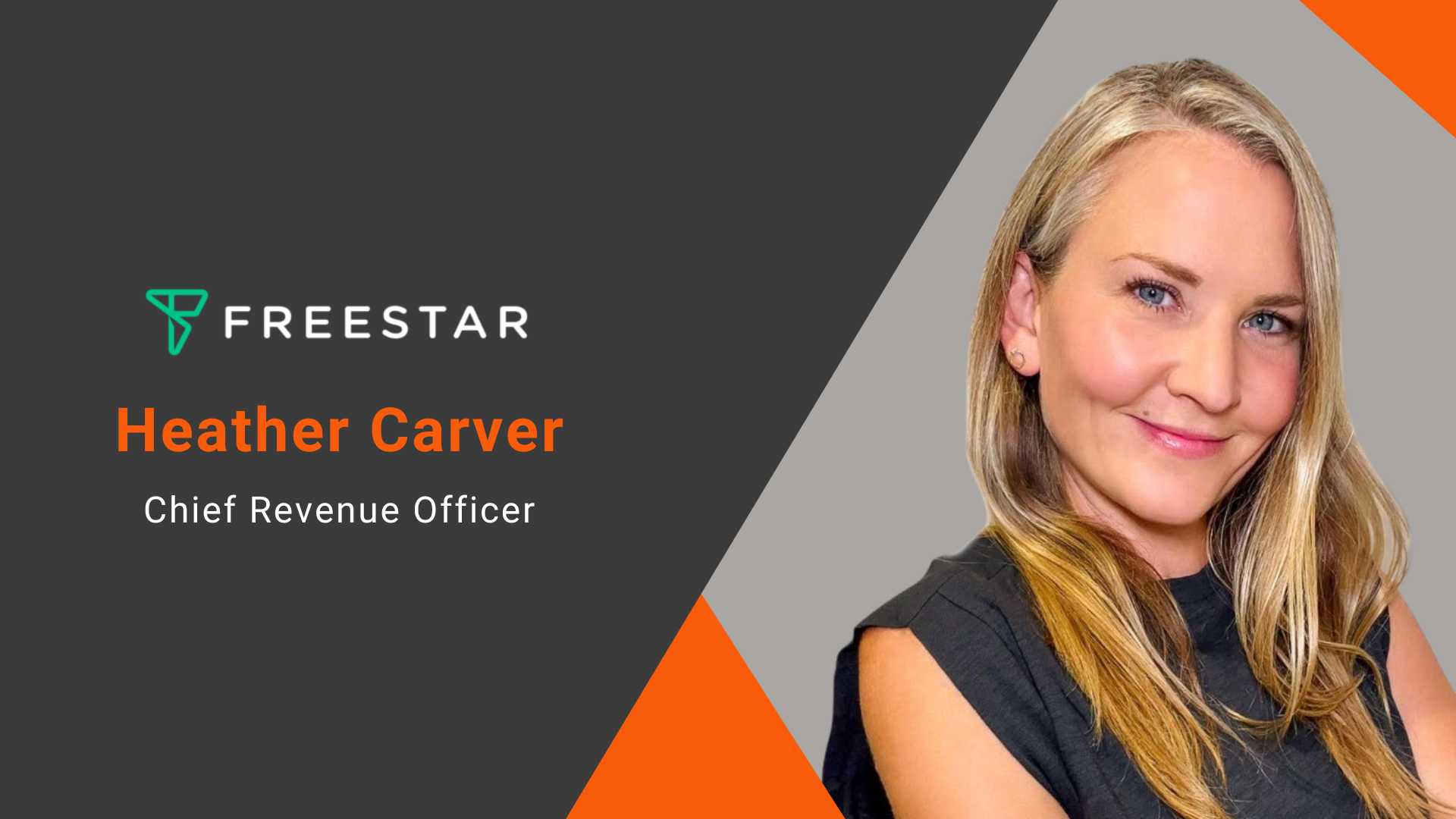
b2b data
Fractional CMO Insights with Debra Andrews
b2b data 10 Sep 2025
1. How important is a diverse background in sectors such as healthcare, financial services, and technology when considering a candidate for a fractional CMO role?
Finding a fractional CMO with expertise in your company’s sector is ideal. While there's always a learning curve when someone new joins, a CMO who already understands the industry can cut that curve in half. They can focus immediately on the business model, differentiators, strategic vision, and goals rather than starting with industry fundamentals.
Sector-specific knowledge enables the fractional CMO to create impact from day one. However, if your business operates in a niche space and relevant experience is hard to find, the next best option is someone with strong B2B or B2C experience that aligns with your model.
2. What strategies will you employ to ensure seamless integration of leadership with your current marketing department and overall company culture?
Integration starts with the fractional CMO spending time with the CEO and president to understand the organization’s mission, vision, and values. They should ask insightful questions about what defines an ideal team member and what signals a poor cultural fit.
The executive should also share their leadership style and work with senior leaders to assess how that approach aligns with the marketing team and broader structure. If the company uses frameworks like EOS or Radical Candor, the CMO should either be familiar or open to learning.
One-on-one interviews with marketing team members are critical. These conversations reveal career paths, roles, communication styles, and challenges. The CMO needs to understand strengths and development areas—both soft and technical. Tools like Predictive Index can support this process by surfacing team dynamics quickly.
3. How will you leverage data-driven insights to inform your organization’s marketing strategies and business decisions?
In the first month, a fractional CMO should conduct a thorough review of year-over-year metrics and industry benchmarks. This includes evaluating website performance like traffic patterns, bounce rates, session duration, subscriber growth, and form conversions. It’s also important to assess how recent algorithm changes may have impacted traffic.
Channel performance is another priority. Social growth, engagement, and the role of each channel in driving qualified traffic and leads should be reviewed. Paid media efforts need analysis as well, especially cost-per-lead trends and lead quality over time.
If the company attends trade shows, measuring ROI for each event will help determine future participation. And with AI changing how people discover content, growing an opt-in database of leads and subscribers is more critical than ever. Funnel conversion metrics help guide decisions on where to optimize.
Once this data is reviewed, the CMO can prioritize initiatives that align with strategic goals. Without accurate, timely insights, marketing strategies lose their power.
4. What factors influenced your decision to incorporate fractional marketing leadership into your organization’s growth strategy?
CEOs often bring in a fractional CMO when they realize marketing has potential to drive growth but isn’t yet delivering. Marketing has become more complex, and existing team members may be skilled doers but not strategic leaders who can optimize technology, people, and process.
The decision is sometimes driven by competitor activity when others gain visibility through branding, websites, thought leadership, or speaking engagements. This creates urgency to improve market presence and perception.
Meanwhile, the cost of a full-time CMO, typically $250,000 to $300,000, can be out of reach. A fractional leader provides senior-level insight at a more reasonable investment, helping companies move forward without overextending.
5. In what ways do you expect a fractional CMO to contribute to your organization’s long-term growth and competitive advantage?
A fractional CMO should be measured against clearly defined metrics from day one. Most companies want a clear brand strategy and a go-to-market plan that improves awareness, positioning, and market share.
Results should include a healthier pipeline, faster lead velocity, and better close rates—all driven by focused messaging and campaign execution. Some fractional CMOs also support product or service launches, with success tracked by market traction and sales performance.
Others are hired to explore new verticals or markets that offer better growth than current segments. Expanding into new areas can boost long-term growth and create lasting competitive advantages.
6. How will the addition of a fractional CMO influence your company’s future marketing hires and department structure?
Once companies see the value of fractional marketing leadership, they often expand the approach. Many go on to hire full fractional teams—experts from the same firm who collaborate under shared goals and tested processes.
This model works well for companies that want to scale quickly without the burden or lag of internal hiring. These teams bring specialized skills and cutting-edge tools, offering instant impact.
Hybrid structures are also popular. One or two full-time employees, typically a coordinator or manager, are paired with a fractional CMO and a tailored team of generalists and specialists. This approach delivers both continuity and access to senior-level strategy, all while remaining agile and efficient.
Debra Andrews is the President and Founder of Marketri, a strategic marketing consulting firm helping mid-sized B2B businesses modernize their marketing functions, adopt AI with intention, and build stronger relationships with their clients and teams
Get in touch with our MarTech Experts.
Inside the 2025 Jesse H. Neal Awards: Trends, Challenges & the Future of B2B Journalism
b2b data 11 Aug 2025
1. With diverse categories spanning many industries, how do you maintain consistency and fairness in evaluation?
Two things, primarily. First, we select a numerically large number of judges, close to 150 top-notch journalists. This makes it very likely that judges will have some familiarity with the broad contours of the market they're judging. Second, we emphasize journalistic achievement, not topic expertise. Vertical B2B media is similar in form to mass B2B media, such as the Wall Street Journal, Fortune Magazine, The Economist, Financial Times and others. Our judges are all high-ranking, experienced and accomplished journalists. They know the components of a well-crafted piece of journalism.
2. What trends or themes did you notice across this year’s entries—such as an increase in investigative work, multimedia content, or data journalism?
It's really all of the above. Entry trends evolve over time, but not as much year to year. All of the journalism techniques you mentioned are reflected in the Neal Awards within their own categories. Measurement and KPIs, plus AI, are two areas that are gaining steam as is journalistic entrepreneurship. Overall, two things stood out in 2025. First, B2B journalism is moving in the direction of lead generation. Content created by editors is increasingly required to produce qualified leads. This practice is new for many journalists, and some don't take to it naturally. The second area that was hot for 2025 was, not surprisingly, politics and government. We added categories for best coverage of the 2024 election, and another for regulatory and legislative coverage in the context of the served market. Both were very popular this year.
3. How does the SIIA support the long-term careers of award winners and fellows beyond the ceremony itself?
One of our awards is a partnership with Northwestern University's Medill School where the recipient is paired with an executive and spends a week at the University for a course in B2B media. We also post winners online for promotion and provide assets for winners to share in their own social-media feeds. We encourage all winners, plus their bosses and colleagues, to tout their recognition. It conveys expertise on the part of the journalists and expresses the commitment and values of the parent company. In effect, it creates an aura of success and through that, drives revenue.
4. In your view, what are the biggest challenges and opportunities facing B2B journalism today?
There are many. As mentioned above, lead-gen writing can be perceived as "marketing" writing, and some journalists are not comfortable with it. And then there's the areas mentioned in your second question. In short, B2B journalism is transitioning to a whole range of new skillsets, and media organizations have to train their people and hire those who have those skills. Social-media journalism is a technique of its own, as is the brief snippet style of TikTok and YouTube Shorts. The opportunities are abundant. You could just take the positive side of all these challenges. A different challenge exists in some markets, namely those that cover politics, Congress, and the bureaucracy as their beat. There's a tone of hostility towards the media, even to what are essentially B2B brands like Politico.
5. Are there plans to expand the Jesse H. Neal Awards to include new media types such as podcasts, newsletters, or AI-assisted reporting?
Two of these three are already existing categories. We assess categories every year and since I've managed the program, we’ve added 4-6 new categories each year while dropping those that are no longer appealing to our entrants. We see a lot of opportunity in continuing this, even to the point of categories directed at enthusiast consumer media.
6. What role does the SIIA Media division play beyond hosting the awards?
We're a full-service trade association that serves media operators across the enterprise. We produce conferences, host councils for specific disciplines and provide both networking and education - enhancing a sense of a community with shared opportunities and challenges. We also have additional recognition programs, including a B2B Hall of Fame. We publish proprietary research and a twice-weekly newsletter. We represent the industry's interests in the legislative and regulatory sphere.
Get in touch with our MarTech Experts.
Lisa Harrup Mieuli on Modern Marketing for Cybersecurity
b2b data 8 Aug 2025
1. What specific areas of demand generation do you believe offer the most growth potential for Gigamon under your leadership?
I see several high-impact opportunities for demand generation growth at Gigamon. There’s enormous potential in more deeply integrating brand and demand functions. Historically, these have operated in parallel tracks. By tightly aligning them, like we did with the 2025 Hybrid Cloud Security Survey, where we explored hybrid cloud security in the age of AI, it wasn't just a brand builder; it became a powerful demand-gen engine with legs across campaigns, channels, and customer touchpoints.
Artificial Intelligence-powered marketing also presents significant growth potential for Gigamon. AI is rapidly finding its way into global workplaces due to its ability to enhance productivity, automate processes, and enable smarter, faster decision-making. The marketing industry is no exception. There’s a real need to harness AI to drive smarter, more process and productivity in content development, which ultimately delivers more productive execution.
Another key area for us is the intentional focus on Ideal Customer Profiles (ICPs). By clearly defining and prioritizing our most valuable customer segments, we ensure that our efforts and resources are aligned with those who drive the greatest return for the business. This enables us to craft tailored use case messaging and develop targeted go-to-market campaigns that resonate deeply with high-potential buyers. We've found this results in higher-quality leads, stronger conversion rates, and accelerated revenue growth.
Finally, I see growth in continuously adapting how we use our channels like field marketing, digital presence, media, analyst relations, and beyond. The “what” may stay consistent, but the “how” must evolve with the data and buyer behavior, meeting customers where they’re at. That requires a team culture that’s agile, data-driven, and willing to experiment.
2. In your experience, what role does marketing play in creating trust and credibility with CISOs and IT decision-makers?
Marketing plays a foundational role in establishing trust and credibility with CISOs and IT decision-makers, especially in cybersecurity where relationships and reputation matter deeply. To build that credibility, we’re focused on meeting CISOs where they are, with relevant, data-backed insights, peer-led narratives, and use cases that reflect real-world impact. Tailoring content to their specific needs and pain points is critical. For example, we took the broader survey mentioned above and created a focused piece, CISO Executive Summary, further focusing the data on CISOs’ specific challenges and priorities. This is a great example of how we can emphasize clarity, precision, and consistency when communicating to key stakeholders. We are delivering value in the form of data and insights for security leaders, while establishing Gigamon as a leading authority..
3. From a strategic standpoint, how critical is deep observability to an organization’s hybrid cloud security strategy?
Deep observability provides complete visibility into all data in motion, including encrypted and complex AI-driven communications, enabling organizations to detect and respond to security threats proactively. This visibility is essential for securing hybrid cloud environments, where traditional monitoring tools often fall short, especially with the rapid growth of AI-generated traffic and shadow IT applications.
Gigamon serves more than 4,000 organizations worldwide with the Gigamon Deep Observability Pipeline, including more than 80% of Fortune 100 enterprises and 9 of the 10 largest mobile network providers.
4. How do you see the role of marketing evolving in response to the growing complexity of hybrid cloud security challenges?
As hybrid cloud environments grow more complex, the role of marketing must evolve from simply generating leads to deeply articulating value, especially in a space where deep observability isn’t always immediately understood or budgeted for. Our job is to educate, contextualize, and elevate the strategic importance of deep observability. That means clearly communicating not only what we do, but also how we help CISOs and their teams improve ROI, reduce risk, and drive operational efficiency.
We also have to account for a shifting audience. Gigamon has traditionally sold into network teams, but as we expand into cloud and security, we’re increasingly engaging new buyers who often don’t talk to each other internally. Marketing has to bridge those silos, tailoring messages by persona, and helping unify stakeholders around shared outcomes. Our success depends on how well we can translate complex technical value into compelling, role-specific narratives that resonate across the decision-making unit.
5. In your view, what are the key marketing KPIs that should align with revenue-generation goals in cybersecurity-driven enterprises?
Modern marketing KPIs must reflect the full spectrum of today’s buyer journey. Think about segmenting your KPIs into three key categories: brand, engagement and intent, and pipeline generation.
Brand focuses on signals that indicate growing awareness and trust, such as branded search volume, direct traffic from target accounts, website interactions, social media or community engagement, and the impact of analyst and public relations. AR and PR can be measured through inclusion in analyst reports and inquiries, media coverage, interviews, and share of voice.
Pipeline metrics should center on both sourced and influenced pipeline to bookings. Teams should track marketing qualified accounts (MQAs), opportunity conversion rates, and marketing’s contribution to sales velocity. While we are not completely walking away from marketing qualified leads (MQLs), the shift toward MQAs acknowledges that buying decisions are made at the account level by multiple stakeholders. MQLs can still serve a role in lead-level nurturing, but MQAs should be integrated into your metric system as a more accurate and strategic measure of pipeline potential.
Engagement and intent, traditionally considered softer metrics, are critical indicators of buyer behavior. Engagement encompasses meaningful interactions—such as content consumption, return visits, anonymous visits, multi-persona activity within accounts. Intent signals indicate buyer readiness, including third-party intent data, website visits, and self-reported attribution—giving marketing teams a lens into where, how, and when to activate demand.
Get in touch with our MarTech Experts.
Page 1 of 1
Most Recent
How AI Is Transforming Martech – Jigar Agrawal from eSparkBiz
Interview Of : Jigar Agarwal
Transforming Marketing into a Growth Engine
Interview Of : Alexandra B. Mazzi
AI Search Optimization Can't Wait: Why Marketers Must Adapt Now
Interview Of : Laurie Naspe
The Rise of Agentic AI: How MetadataONE Is Transforming the Entire GTM Workflow
Interview Of : Lisa Sharapata
How Freestar and Audigent are Powering Future-Proof Publisher Demand
Interview Of : Heather Carver
BDR-as-a-Service: Driving Global B2B Sales Success
Interview Of : Dee Blohm













